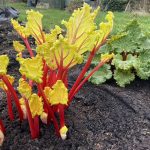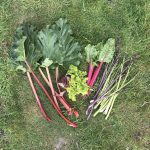Summer! Well, if the weather behaves. It often feels like summer has stop-started into action at some point in May and, come June, there is no denying its arrival. Alliums and ox-eye daisies (Leucanthemum vulgare) bursting into flower and a rush of upward vertical grass growth is nature telling us the warm season is here.
Get planting annual and tender flowers!
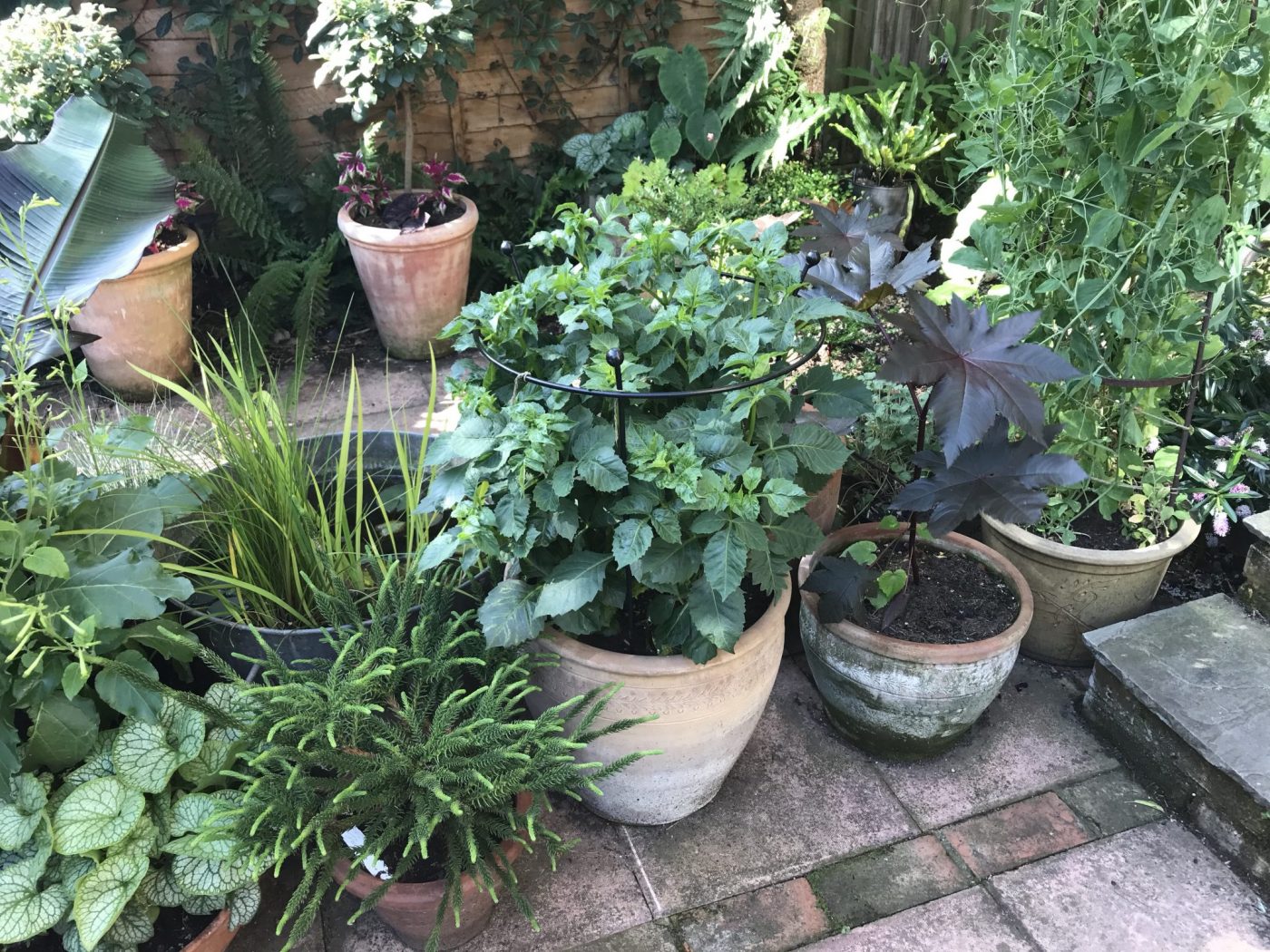
With frosts out the way for the rest of summer, it’s safe to start planting out tender plants that are harmed by frost, such as Dahlias, Cosmos and Zinnia. You can still sow seeds for some of these now, Zinnias and Cosmos will grow rapidly in warmer summer months if you keep them well watered.
Now is the time to plant out tender tropical look plants including Ricinus, Canna, Coleus and bananas that aren’t frost hardy, like Ensete.
Early June is also a great time to plant out new perennials that you’ve been growing from seed undercover through spring. For instance, I’ve been growing fennel and Monarda from seed this year, they’re hardy plants and could be sown outside, but I chose to give them a head start with indoor warm conditions and will plant out once they’re well grown and able to cope with a busy planting area.
Plant out and sow tender vegetables
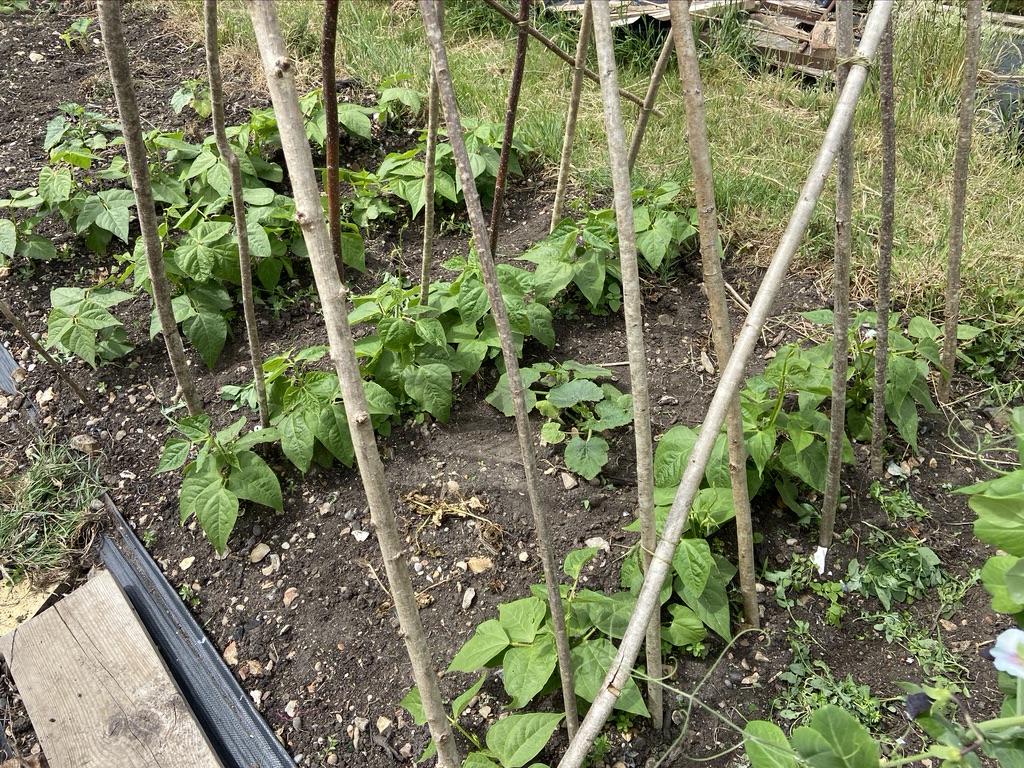
It’s time to plant out tender vegetables including french beans (above), tomatoes, aubergines, chillies, courgettes, squashes and pumpkins. Of course, if you have a greenhouse or polytunnel, that’s the best place for the heat loving tomatoes, aubergine and chillies, although some cultivars grow very happily outdoors – especially down south where almost all varieties will still crop well outside.
Sow a batch of Florence fennel
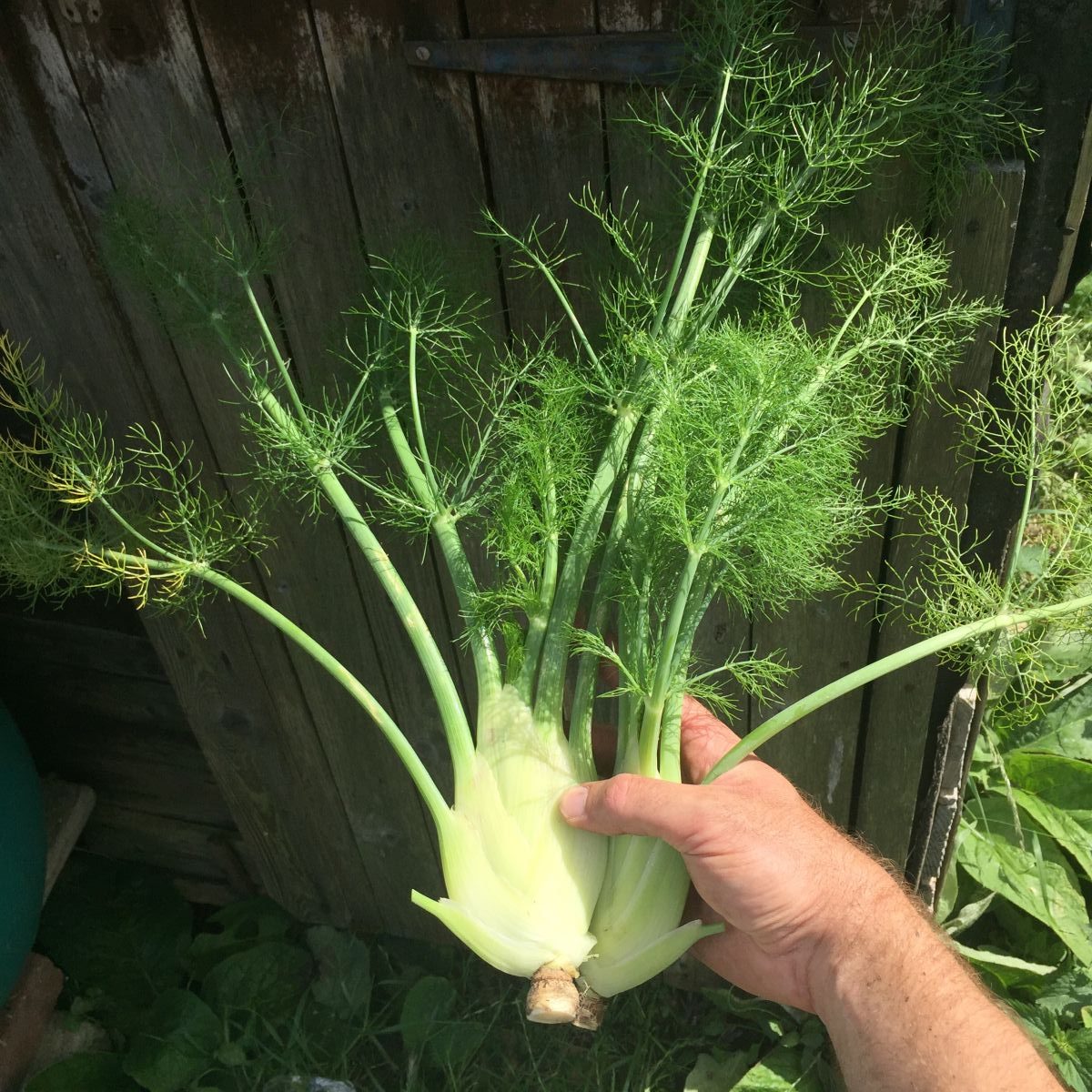
One of my favourite homegrown edibles is Florence fennel. Not only could I eat unlimited amounts of it roasted hot or in salads, they’re expensive in the shops making it one of the few vegetables cheaper to grow than buy. Sow in module trays or direct in rows, with plants 30cm apart in both directions. I always plant direct in the ground.
Prune spring flowering shrubs
Always check if your shrub can and should be pruned as it’s different for every plant, but now is the time for some spring flowering shrubs to be pruned. Do this immediately after they have finished flowering, giving them a full year of growth before flowering again next spring. Weigela and Philadelphus can be pruned now but rather than chopping back all over, thin out about 1/3 of the oldest stems at the base. The other stems you can either leave, or cut back slightly to the next leaf joins below the flowers.
Tomato care
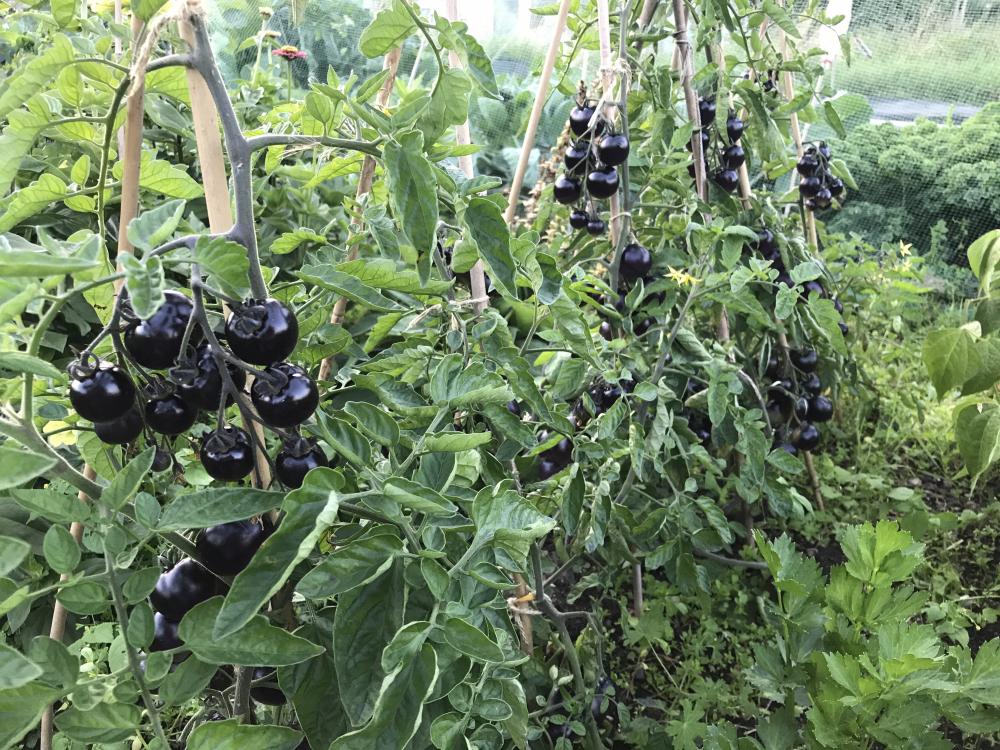
Most tomatoes grow as tall vines (called cordons) and need supporting with a strong cane or string tied to a cross beam in greenhouses or polytunnels. Tie them in with twine every 20-30cm. Pinch out the side shoots with leaves on these vine tomatoes to concentrate growth on the tomatoes themselves – the shoots without leaves. Feed them fortnightly with a liquid tomato feed, I use either homemade comfrey feed or bought liquid seaweed feed.
Hoe on dry days
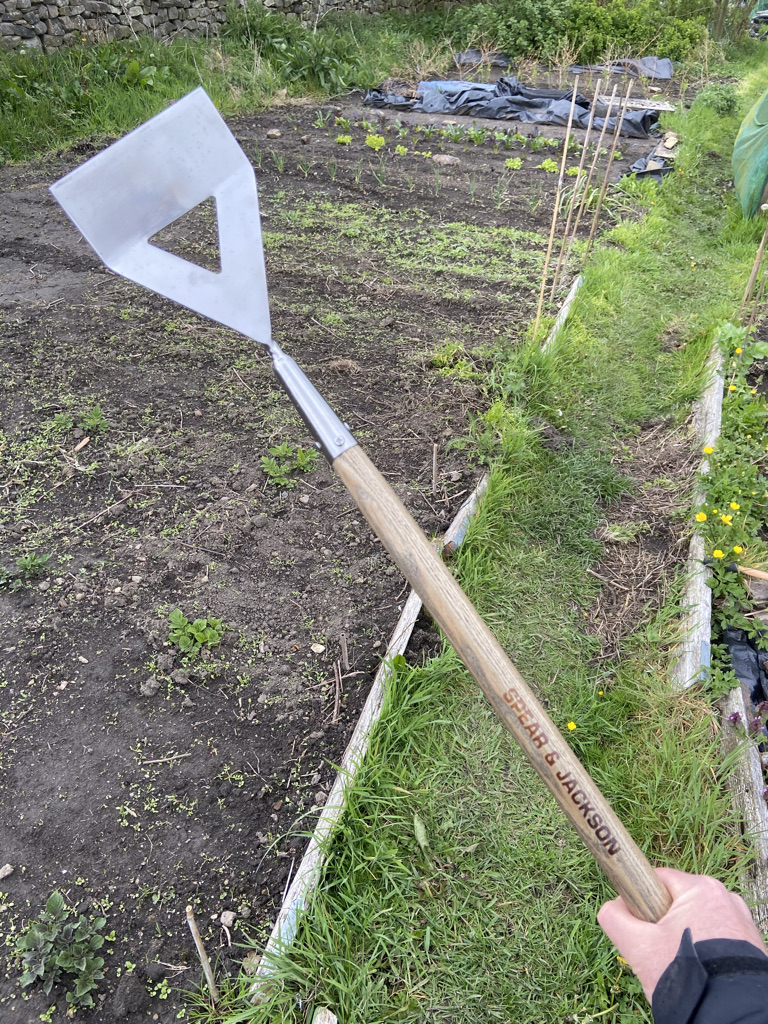
I genuinely enjoy this activity, hoeing on dry days with a dry soil surface is the easiest and quickest way of reducing unwanted plants. Hoe early in the day and the sun will dry the plants out once their roots have been cut. This is particularly important around vegetables, fruit and herbs which are less able to compete with competition for water, nutrient and light. Even tough perennial plants will be weakened by regular hoeing.
Take cuttings of herbs
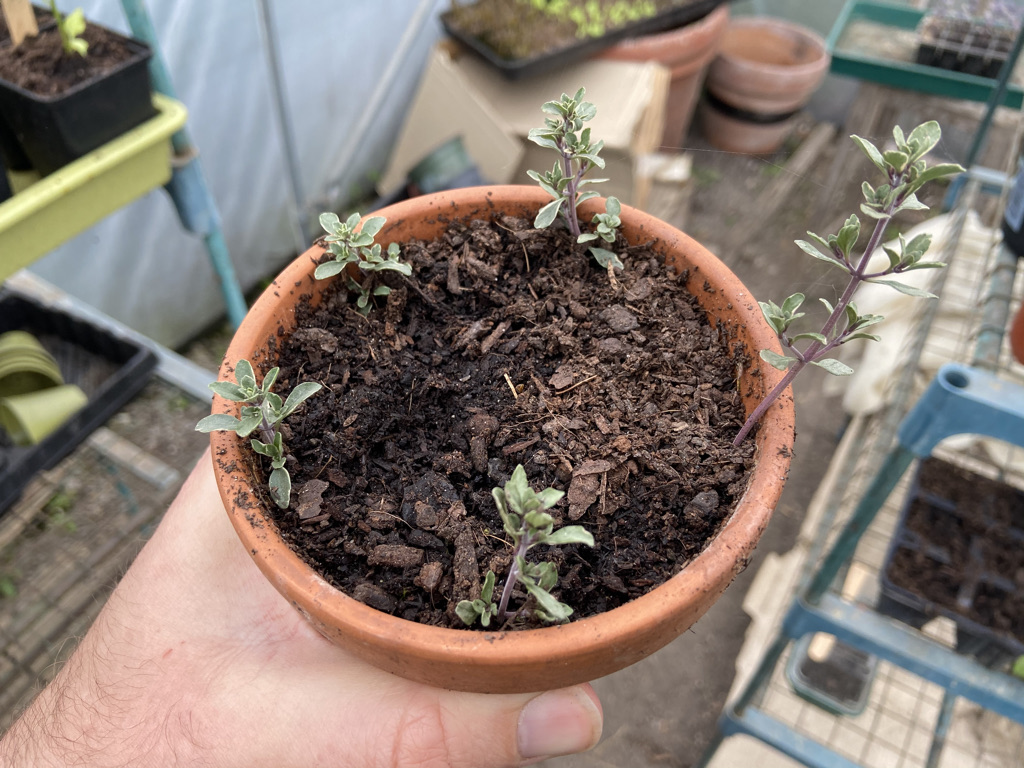
Now is a great time to take cuttings from herbs to increase the number of plants you have for free and to give them plenty of time to form roots and strong above ground growth ahead of winter. Herbs such as thyme, rosemary and sage can have cuttings taken by cutting off a 6 – 10cm length of part green, part woody growth (this is basically any fresh, strong looking shoot at this time of year). Cut below a leaf join and remove the lower two thirds of leaves carefully, cut them off with a knife or scissors, don’t pull them off as this may damage the fragile stem. Fill a pot with peat free compost, ideally a terracotta pot because they’re porous and free draining, then poke holes around the outside with your finger or a stick. The outside helps with keeping the right balance of enough water and drainage. Put each cutting into a hole, firm in and water. Place somewhere shady but bright for a week or two until roots have formed – indicated by new leaf growth. If your cuttings wilt, you might need to cover them with a clear bag or in a propagator to increase humidity.
Sow these every summer month for a constant supply
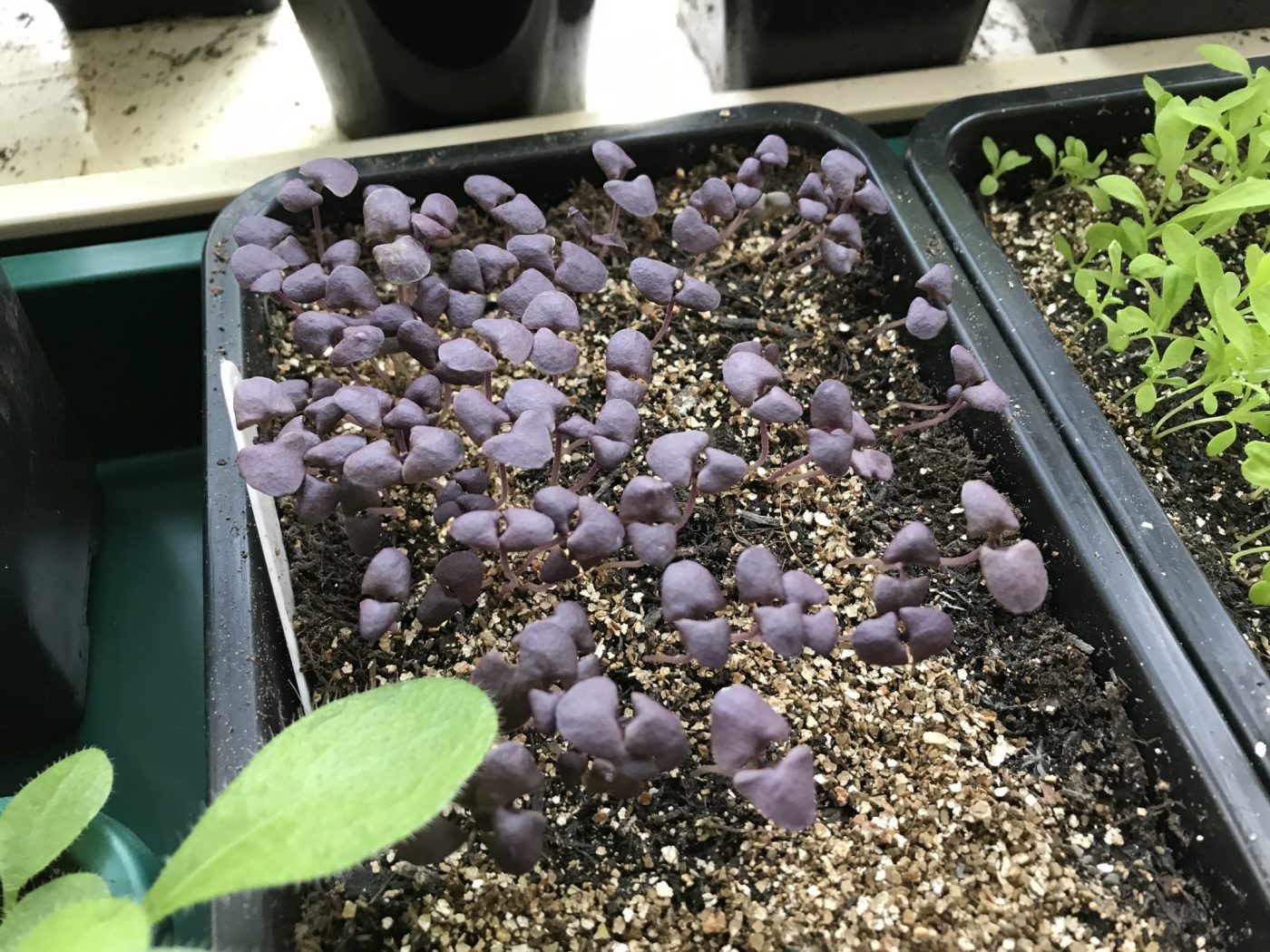
- Lettuce
- Mustards leaves
- Radish
- Spring onions
- Basil
- Parsley
- Coriander

